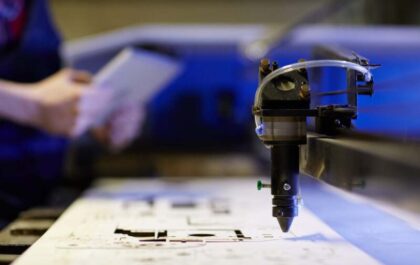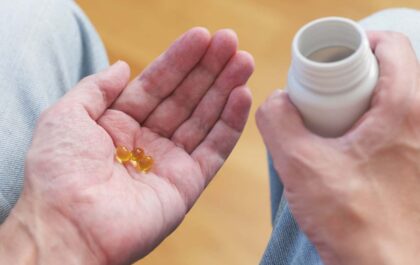Table of Contents
Introduction
Recent research demonstrates that exercise is beneficial for people with osteoarthritis of the knee.
Exercise improves strength and decreases muscle atrophy and pain. Exercise can improve your quality of life and help delay the need for surgery.
Instructions For Performing the Exercises
The objective of the exercise program should be to work all the muscles of the lower limbs. In addition, the movements should be performed with the maximum amplitude, depending on the pain.
Thus, you must limit yourself according to your painful sensation, which must remain bearable (No more than a slight discomfort on (a scale of 0–3 / 10)).
In addition to muscle-building exercises, you will be able to add stretches. This program should be carried out thrice a week for the first three weeks. Afterwards, you can add sessions and upgrade to 5 or more times a week.
The exercises are performed with body weight and can all be done at home. If you have access to a gym, you can add the use of a few machines.
But movements in a standing position are essential because they are closest to the gestures of your everyday life. They must allow you to improve your comfort when walking, climbing stairs, or squatting.
Pool Exercises
In cases of severe knee osteoarthritis, it is sometimes difficult to practice exercises with body weight.
It is then logical to move towards exercises in the pool. They give results as good as conventional exercises in people suffering from knee osteoarthritis in the advanced stage.
Pool exercise (balneotherapy) can include endurance4, stretching and strengthening exercises, and range of motion exercises in hot water.
Water supports part of the body’s weight. You only carry about 50% of your weight in deep waters up to the waist.
It is the ideal option for self-treatment for patients with osteoarthritis who have difficulty standing and walking. You can reproduce most of my program’s exercises, but this time in the water. Choose a basin with a height of water above your waist.
You can inquire at your swimming pool. Many swimming pools offer water gym classes suitable for all ages. Finally, some physiotherapy practices offer balneotherapy treatments that your doctor can prescribe.
Recommended Exercise for Knee07
Osteoarthritis of the knee is characterized by pain, deterioration of articular cartilage, narrowing of the joint space and reduced muscle strength.
This loss of leg muscle strength is associated with increased pain and disability and the faster progression of knee osteoarthritis.
You can therefore practice different exercises to treat your gonarthrosis:
Muscle-building activities are essential for treating knee osteoarthritis, especially in fighting against muscle insufficiency, imbalance, and pain.
Stretching is a good complement, but it is not enough. It is essential to include exercises that strengthen the muscles of the legs. Above all, they make it possible to work on the knee’s range of motion and flexibility.
Aerobic (cardio) exercises are also effective in relieving pain. However, it also does not replace strengthening exercises in terms of effectiveness.
Pool exercises are recommended for people with severe osteoarthritis. However, it is helpful to include activities with body weight and the pool.
That’s why, when you exercise, your joints begin to relax and feel better. It is because your anti-inflammatory mediators are starting to be manufactured.
What Sport to Practice in Case of Osteoarthritis?
In case of osteoarthritis of the knee, you can still practice many sports, such as swimming, cycling, hiking, yoga, tennis, cross-training, and Pilates.
Sport is not associated with increased osteoarthritis. On the contrary, the sport has a protective effect on the cartilage in individuals with a healthy lifestyle (diet, sleep, stress management.)
Here is a simple rule to follow: you can practice any sport, as long as it does not increase your pain significantly. For example, if your knee swells after the activity, it is better not to abuse it. If you like this activity, practice it only occasionally.
Osteoarthritis of the Knee and Running
Contrary to what one may believe, running and intensive sports are not associated with the progression of gonarthrosis. The existing literature does not conclude that there is a possible association between the intensive practice of sport and the development of osteoarthritis.
It seems that long-distance running does not increase the risk of osteoarthritis of the knee in healthy people who have no other contraindications to this type of physical activity. Furthermore, running long distances can even protect against joint degeneration.
On the other hand, there is evidence linking the increase in osteoarthritis with a history of injury. Finally, the presence of osteoarthritis is not always correlated with pain. In other words, an osteoarthritis knee is not necessarily a painful knee.
Related posts
Featured Posts
Exploring Advanced Techniques in the Laser Engraving Machine: 3D, Texturing, and Multi-Layered Designs
Many industries have spoken for the laser engraving machine because of its results and versatility. But recently, many advancements have…
Benefits of Vitamin D
Introduction One cannot live without the benefits of vitamin D because its virtues are essential for good health. But do…


